|
Your search criteria found 578 images Target is Jupiter (and available satellites) |
| My List |
Addition Date | Target | Mission |
Instrument
|
Size |

|
2015-10-13 | Jupiter |
Hubble Space Telescope |
WFPC3 |
3600x1596x3 |
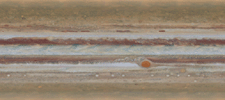
|
|||||

|
2015-10-13 | Jupiter |
Hubble Space Telescope |
WFPC3 |
900x536x3 |
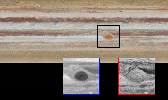
|
|||||

|
2015-10-13 | Jupiter |
Hubble Space Telescope |
WFPC3 |
1798x446x3 |

|
|||||

|
1998-05-02 | Jupiter |
Hubble Space Telescope |
WFPC2 |
795x900x3 |

|
|||||

|
1998-05-02 | Jupiter |
Hubble Space Telescope |
WFPC2 |
1152x860x3 |
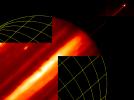
|
|||||

|
1998-05-02 | Jupiter |
Hubble Space Telescope |
WFPC2 |
720x900x3 |

|
|||||

|
1998-05-02 | Jupiter |
Hubble Space Telescope |
WFPC2 |
2069x2489x3 |

|
|||||

|
1998-05-02 | Jupiter |
Hubble Space Telescope |
WFPC2 |
720x600x1 |
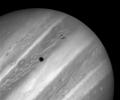
|
|||||

|
1998-05-02 | Jupiter |
Hubble Space Telescope |
WFPC2 |
850x490x3 |
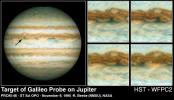
|
|||||

|
1998-05-02 | Jupiter |
Hubble Space Telescope |
WFPC2 |
800x600x3 |
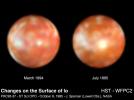
|
|||||

|
1998-05-02 | Jupiter |
Hubble Space Telescope |
WFPC2 |
600x700x3 |

|
|||||

|
1998-05-02 | Jupiter |
Hubble Space Telescope |
WFPC2 |
800x800x3 |
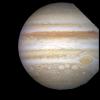
|
|||||

|
1998-05-02 | Jupiter |
Hubble Space Telescope |
WFPC2 |
750x700x3 |
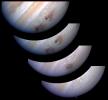
|
|||||

|
1998-05-02 | Jupiter |
Hubble Space Telescope |
WFPC2 |
830x568x3 |
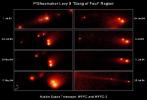
|
|||||

|
1998-05-02 | Jupiter |
Hubble Space Telescope |
WFPC2 |
800x600x1 |
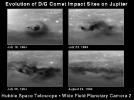
|
|||||

|
1998-05-02 | Jupiter |
Hubble Space Telescope |
WFPC2 |
600x854x1 |

|
|||||

|
1998-05-02 | Jupiter |
Hubble Space Telescope |
WFPC2 |
800x600x3 |
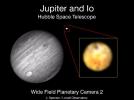
|
|||||

|
1999-08-24 | Jupiter |
Hubble Space Telescope |
WFPC2 |
2401x2870x3 |

|
|||||

|
1999-08-24 | Jupiter |
Hubble Space Telescope |
WFPC2 |
718x716x3 |
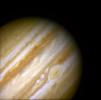
|
|||||

|
1999-08-24 | Jupiter |
Hubble Space Telescope |
WFPC2 |
321x321x3 |
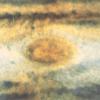
|
|||||

|
1999-08-24 | Jupiter |
Hubble Space Telescope |
WFPC2 |
321x321x3 |
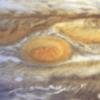
|
|||||

|
1999-08-24 | Jupiter |
Hubble Space Telescope |
WFPC2 |
321x321x3 |
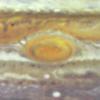
|
|||||

|
1999-08-24 | Jupiter |
Hubble Space Telescope |
WFPC2 |
321x321x3 |
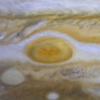
|
|||||

|
1999-08-24 | Jupiter |
Hubble Space Telescope |
WFPC2 |
321x321x3 |
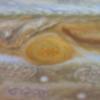
|
|||||

|
1999-08-24 | Jupiter |
Hubble Space Telescope |
WFPC2 |
321x321x3 |
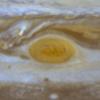
|
|||||

|
1999-08-24 | Jupiter |
Hubble Space Telescope |
WFPC2 |
321x321x3 |
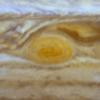
|
|||||

|
1999-08-24 | Jupiter |
Hubble Space Telescope |
WFPC2 |
321x321x3 |
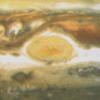
|
|||||

|
2000-10-23 | Jupiter |
Hubble Space Telescope |
WFPC2 |
693x485x1 |
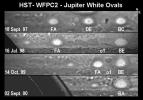
|
|||||

|
2001-07-21 | Jupiter |
Hubble Space Telescope |
WFPC2 |
752x417x3 |

|
|||||

|
2002-10-08 | Jupiter |
Galileo Hubble Space Telescope IRTF |
WFPC2 |
650x300x3 |
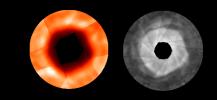
|
|||||

|
1999-05-21 | Io |
Hubble Space Telescope |
WFPC2 |
3000x1930x3 |
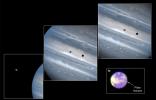
|
|||||

|
2016-09-02 | Jupiter |
Juno |
Waves |
1157x609x3 |
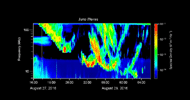
|
|||||

|
2021-12-17 | Jupiter |
Juno |
Waves |
781x443x3 |
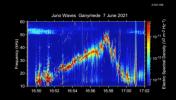
|
|||||

|
2011-01-26 | Jupiter |
IRTF |
Visible Light Camera Gemini North Telescope Hubble Space Telescope VLT |
1202x1200x3 |
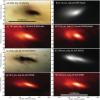
|
|||||

|
2008-01-25 | Jupiter |
Hubble Space Telescope |
Visible Light |
2000x2682x3 |

|
|||||

|
1997-01-09 | Jupiter |
Voyager |
VG ISS - Wide Angle |
800x800x1 |
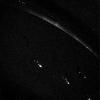
|
|||||

|
1996-02-01 | Jupiter |
Voyager |
VG ISS - Narrow Angle |
895x848x3 |
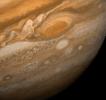
|
|||||

|
1996-01-29 | Jupiter |
Voyager |
VG ISS - Narrow Angle |
820x540x3 |
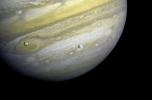
|
|||||

|
1996-03-13 | Jupiter |
Voyager |
VG ISS - Narrow Angle |
1000x1000x3 |
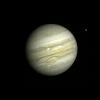
|
|||||

|
1999-03-06 | Jupiter |
Voyager |
VG ISS - Narrow Angle |
1000x1000x3 |
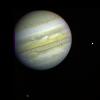
|
|||||

|
1999-03-06 | Jupiter |
Voyager |
VG ISS - Narrow Angle |
916x783x3 |
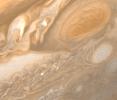
|
|||||

|
1999-03-06 | Jupiter |
Voyager |
VG ISS - Narrow Angle |
915x894x3 |
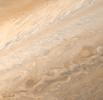
|
|||||

|
1996-11-13 | Jupiter |
Voyager |
VG ISS - Narrow Angle |
850x575x3 |
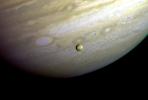
|
|||||

|
1996-11-13 | Jupiter |
Voyager |
VG ISS - Narrow Angle |
790x900x3 |

|
|||||

|
1997-01-09 | Io |
Voyager |
VG ISS - Narrow Angle |
680x500x1 |
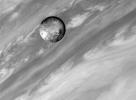
|
|||||

|
1996-09-26 | Jupiter |
Voyager |
VG ISS - Narrow Angle |
600x600x3 |
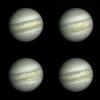
|
|||||

|
1996-09-26 | Jupiter |
Voyager |
VG ISS - Narrow Angle |
500x500x3 |
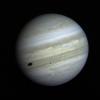
|
|||||

|
1996-09-26 | Jupiter |
Voyager |
VG ISS - Narrow Angle |
846x800x3 |
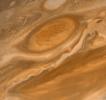
|
|||||

|
1996-09-26 | Jupiter |
Voyager |
VG ISS - Narrow Angle |
607x496x3 |
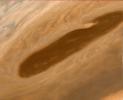
|
|||||

|
1999-01-08 | Jupiter |
Voyager |
VG ISS - Narrow Angle |
400x400x3 |
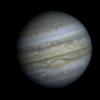
|
|||||

|
1998-12-05 | Jupiter |
Voyager |
VG ISS - Narrow Angle |
916x901x3 |
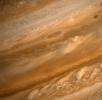
|
|||||

|
1998-12-05 | Jupiter |
Voyager |
VG ISS - Narrow Angle |
800x920x3 |

|
|||||

|
1998-11-04 | Jupiter |
Voyager |
VG ISS - Narrow Angle |
400x400x3 |
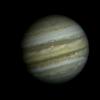
|
|||||

|
1998-12-05 | Jupiter |
Voyager |
VG ISS - Narrow Angle |
5489x4637x3 |
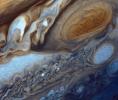
|
|||||

|
1999-03-13 | Jupiter |
Voyager |
VG ISS - Narrow Angle |
400x400x3 |
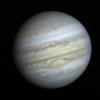
|
|||||

|
1999-03-13 | Jupiter |
Voyager |
VG ISS - Narrow Angle |
865x692x3 |
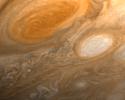
|
|||||

|
1999-03-13 | Jupiter |
Voyager |
VG ISS - Narrow Angle |
919x837x3 |
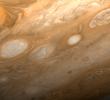
|
|||||

|
1999-03-13 | Jupiter |
Voyager |
VG ISS - Narrow Angle |
581x915x3 |

|
|||||

|
1999-03-13 | Jupiter |
Voyager |
VG ISS - Narrow Angle |
487x559x3 |

|
|||||

|
1999-03-13 | Jupiter |
Voyager |
VG ISS - Narrow Angle |
937x910x3 |
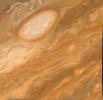
|
|||||

|
1999-03-23 | Jupiter |
Voyager |
VG ISS - Narrow Angle |
862x831x3 |
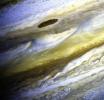
|
|||||

|
2000-04-06 | Jupiter |
Voyager |
VG ISS - Narrow Angle |
260x260x1 |
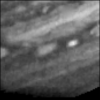
|
|
||||

|
2000-04-06 | Jupiter |
Voyager |
VG ISS - Narrow Angle |
213x160x1 |
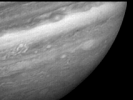
|
|
||||

|
2000-04-06 | Jupiter |
Voyager |
VG ISS - Narrow Angle |
318x240x1 |
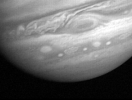
|
|
||||

|
2000-12-19 | Jupiter |
Voyager |
VG ISS - Narrow Angle |
213x160x1 |
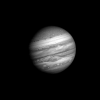
|
|
||||

|
1996-01-29 | Jupiter |
Voyager |
VG Imaging Science Subsystem |
940x886x3 |
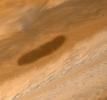
|
|||||

|
2020-10-27 | Jupiter |
Juno |
Ultraviolet Spectrograph (UVS) |
4000x4500x3 |

|
|||||

|
2021-03-16 | Jupiter |
Juno |
Ultraviolet Spectrograph (UVS) |
1667x1250x3 |
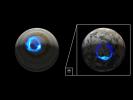
|
|||||

|
2017-05-25 | Jupiter |
Juno |
Ultraviolet Spectrograph |
801x801x3 |
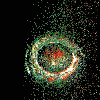
|
|||||

|
2017-06-30 | Jupiter |
Juno |
Subaru Telescope |
392x440x3 |

|
|||||

|
2017-06-30 | Jupiter |
Juno |
Subaru Telescope |
1400x788x3 |
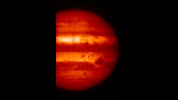
|
|||||

|
2019-04-08 | Jupiter |
Subaru Telescope |
1200x675x3 | |
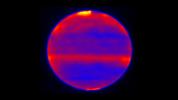
|
|||||

|
2019-04-08 | Jupiter |
Subaru Telescope |
1200x675x3 | |
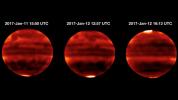
|
|||||

|
2017-05-25 | Jupiter |
Juno |
Stellar Reference Unit (SRU-1) |
512x512x1 |
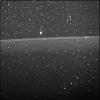
|
|||||

|
2021-03-30 | Jupiter |
Juno |
Stellar Reference Unit (SRU) |
1920x1080x3 |
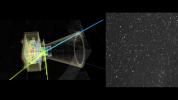
|
|||||

|
2021-12-17 | Jupiter |
Juno |
Stellar Reference Unit (SRU) |
512x512x1 |

|
|||||

|
2021-12-17 | Jupiter |
Juno |
Stellar Reference Unit (SRU) |
547x548x3 |
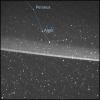
|
|||||

|
2018-12-19 | Jupiter |
Juno |
SRU MWR |
2424x1480x3 |
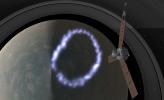
|
|||||

|
2018-12-19 | Jupiter |
Juno |
SRU |
2436x1512x3 |
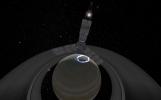
|
|||||

|
2018-12-19 | Jupiter |
Juno |
SRU |
512x512x1 |
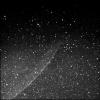
|
|||||

|
2018-12-19 | Jupiter |
Juno |
SRU |
512x512x1 |
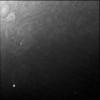
|
|||||

|
2018-12-19 | Jupiter |
Juno |
SRU |
1657x1115x3 |
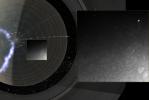
|
|||||

|
2018-12-19 | Jupiter |
Juno |
SRU |
1629x1025x3 |
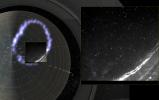
|
|||||

|
2020-12-11 | Jupiter |
Juno |
SRU |
2480x3295x3 |

|
|||||

|
2020-12-11 | Jupiter |
Juno |
SRU |
892x882x3 |
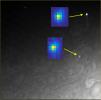
|
|||||

|
1996-01-29 | Jupiter |
Galileo |
Solid-State Imaging |
1600x1250x1 |
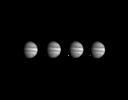
|
|||||

|
1997-09-07 | Jupiter |
Galileo |
Solid-State Imaging |
1024x2048x3 |

|
|||||

|
1997-09-07 | Jupiter |
Galileo |
Solid-State Imaging |
1400x900x1 |
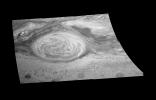
|
|||||

|
1997-09-07 | Jupiter |
Galileo |
Solid-State Imaging |
2100x1200x3 |
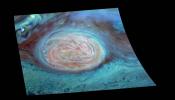
|
|||||

|
1997-09-07 | Jupiter |
Galileo |
Solid-State Imaging |
1546x1127x1 |
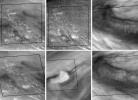
|
|||||

|
1997-09-08 | Jupiter |
Galileo |
Solid-State Imaging |
700x800x3 |

|
|||||

|
1997-12-18 | Jupiter |
Galileo |
Solid-State Imaging |
820x1440x3 |

|
|||||

|
1997-12-18 | Jupiter |
Galileo |
Solid-State Imaging |
625x685x3 |

|
|||||

|
1997-12-18 | Jupiter |
Galileo |
Solid-State Imaging |
758x1028x1 |

|
|||||

|
1997-12-18 | Jupiter |
Galileo |
Solid-State Imaging |
800x800x3 |
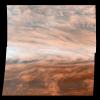
|
|||||

|
1997-11-18 | Jupiter |
Galileo |
Solid-State Imaging |
1053x1491x3 |

|
|||||

|
1998-03-06 | Jupiter |
Galileo |
Solid-State Imaging |
1300x1000x3 |
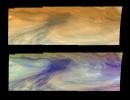
|
|||||

|
1997-09-23 | Jupiter |
Galileo |
Solid-State Imaging |
712x715x3 |
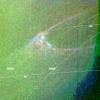
|
|||||

|
1998-03-06 | Jupiter |
Galileo |
Solid-State Imaging |
1300x1200x1 |
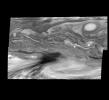
|
|||||

|
1997-09-23 | Jupiter |
Galileo |
Solid-State Imaging |
614x900x1 |

|
|||||
 |
 |
 |
 |
 |
 |

|
|
| 1-100 | 101-200 | 201-300 | 301-400 | 401-500 | 501-600 |
| Currently displaying images: 1 - 100 of 578 |